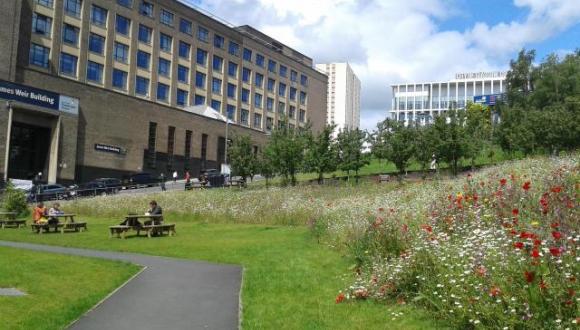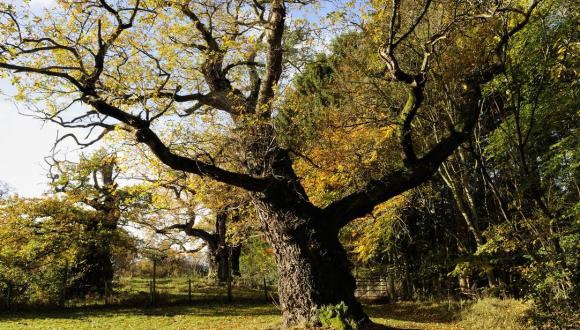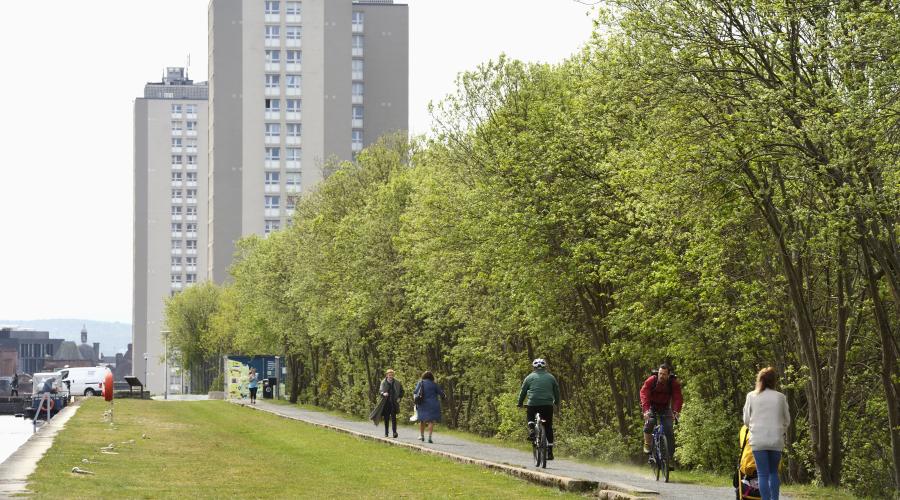
Nature-based solutions: Urban
Find out how urban nature-based solutions can help Scotland's towns and cities mitigate and adapt to climate change.
Nature-based solutions can help our towns and cities mitigate and adapt to the effects of climate change – and make them nicer, healthier places to live.
Urban nature-based solutions are often used to help achieve four main outcomes:
- Happy and healthy cities: Putting public health and liveability in focus.
- Water-friendly cities: Putting water security and management in focus.
- Nature-rich cities: Putting ecosystem services and biodiversity in focus.
- Resilient and thriving cities: Putting integrated green infrastructure and economic development in focus.
While there is in many cases a higher priority applied to a particular focal point, these outcomes are often combined or mixed with multiple benefits being achieved.
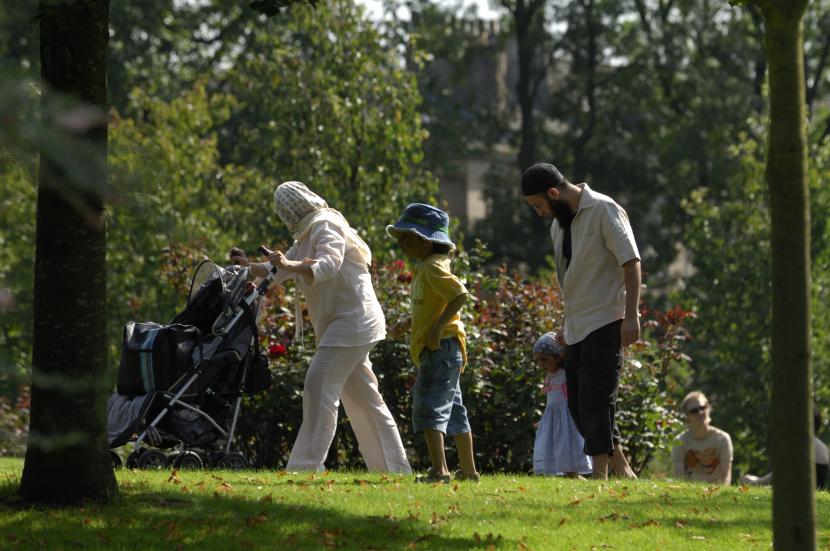
Connecting people with nature makes them happier and healthier. In addition to the many social and economic benefits, improving our urban greenspace can also help us adapt to and mitigate climate change.
Nature-based solutions can be implemented in four different ways:
- Ecological innovations: the creation of new green or blue natural spaces, better management of existing green and blue spaces, and the restoration of functional ecosystems to deliver a wider range of ecosystem services and benefits.
- Social innovations: changes in public policy and governance, culture and economic frameworks, or methods for generating and sharing knowledge about nature in urban places. For example, the UK Ward Canopy Cover Map, hosted by Trees for Cities, Brillianto and Forest Research, maps and monitors the UK’s urban trees while also engaging people with citizen science.
- Technological innovations: include product, process and infrastructure innovations. Such as the University of Glasgow's green screens which use Ivy 'fences' to buffer against airborne particulate pollution and slows rainfall runoff.
- System innovations: help all the above come together and interact effectively to help deliver resilient nature-rich places. For example, developing a new master plan to transform urban neighbourhoods, integrating multi-functional nature-based solutions that require major changes in ecological and technological innovation, and to the way people and organisations work.
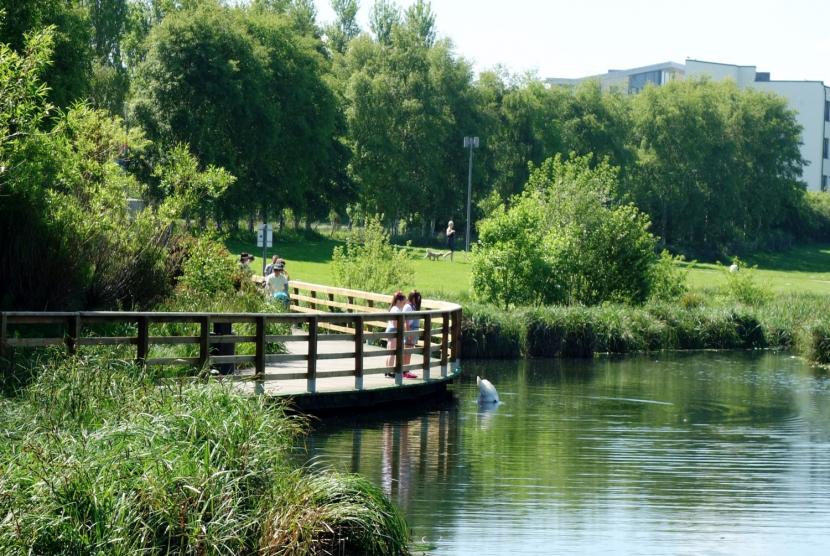
Urban blue spaces, such as canals, ponds and rivers, help to create nicer, healthier places to live. They also deliver a range of ecosystems services and benefits.
Nature-based solutions are a popular means to build urban resilience while tackling sustainability challenges in our towns and cities.
There is a substantial body of evidence which shows that incorporating good quality green infrastructure, such as green spaces, green roofs, living walls and rain gardens, can have significant multiple benefits for climate, wildlife, and people. In addition to locking up and absorbing carbon dioxide (and other pollutants), green infrastructure:
- benefits biodiversity: by increasing the amount of habitat and connectivity for species;
- improves water quality and flow management: by reducing rainwater run-off, and retaining sediments and other contaminants from entering watercourses;
- provides urban cooling: by as much as 2-8°C, through the shading by trees and by vegetation and associated soils' evapotranspiration;
- improves air quality: as vegetation absorbs and removes particulates and greenhouse gases from the atmosphere; and
- provides attractive and safe amenity spaces for people to enjoy.
Find out how we are using place-based approaches to help deliver urban nature-based solutions across Scotland.
Find out more:
For more information on what NatureScot is doing, see placemaking and green infrastructure
Listen to our podcast on green infrastructure
